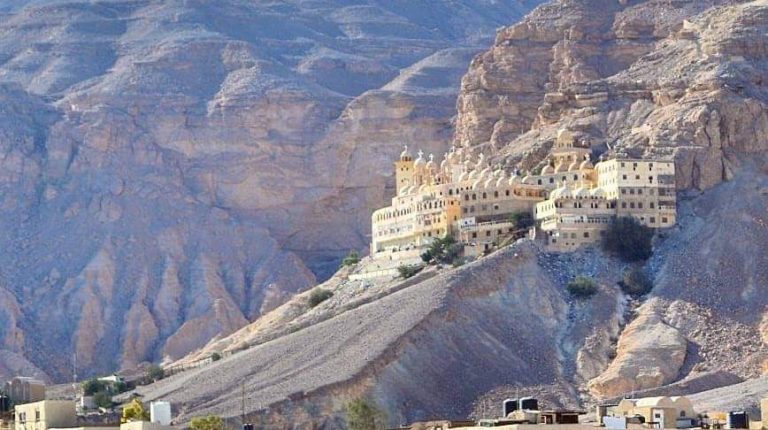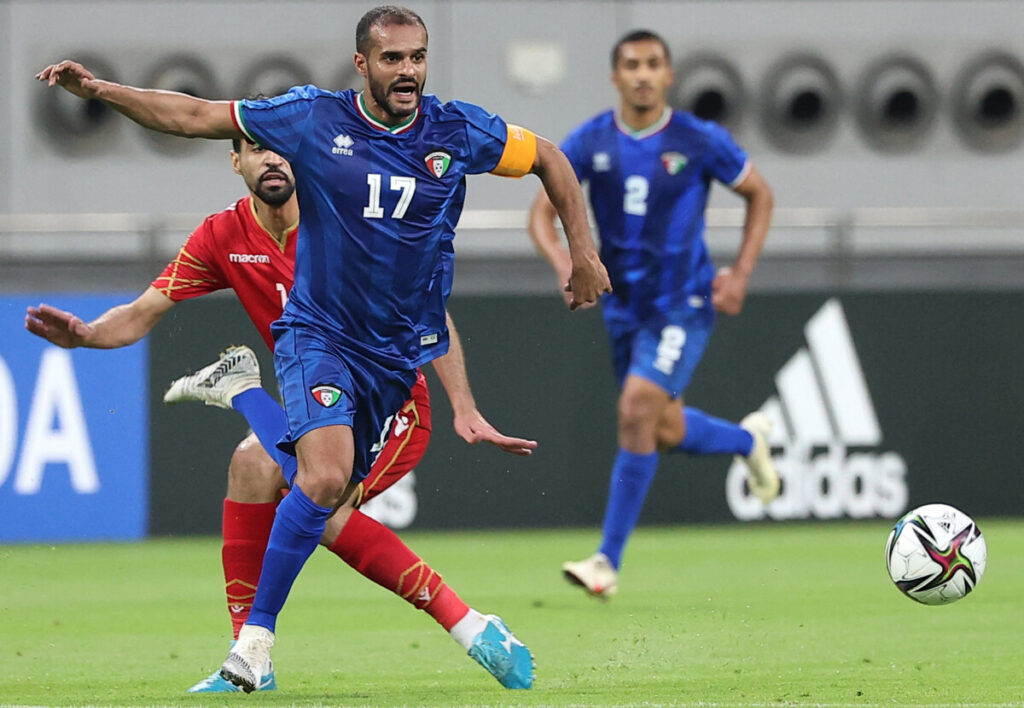The history of the blessed Kingdom of Saudi Arabia and the journey of its establishment was full of ambition. All the Kingdom’s founding leaders had great visions of a united state full of peace and stability.
This dream kept expanding bigger and bigger throughout their years to cover the whole of Arabian Peninsula and finally was achieved after centuries of fragmentation, dissension and instability.
On Thursday, Custodian of the Two Holy Mosques King Salman issued a Royal Order to commemorate February 22 every year as Saudi Arabia’s Founding Day.
Here are 8 facts you need to know about the Founding Day:
1. Not the same as the Saudi National Day
The official National Day is still on September 23, and it signifies the unification day of all Saudi Arabia’s regions under King Abdulaziz.
While the nation’s Founding Day is a new event to commemorate the deep historical roots of the Kingdom of Saudi Arabia. September 23 is commemorated as the unification day of the third Saudi state.
2. A new political date for Saudi Arabia to celebrate
The objective of the announcement of the Founding Day is to put a precise political date to the founding of the state, namely the first Saudi State by Imam Muhammad bin Saud.
3. The second official Saudi holiday
The Founding Day, February 22, was decreed to be an official national holiday every year according to the Royal Order issued by Custodian of the Two Holy Mosques King Salman.
4. The First Saudi State: 1157-1233H (1744-1818)
In 1139H (1727), Imam Muhammad bin Saud Al-Muqrin (Ibn Saud) founded the first Saudi state in Diriyah as its capital and made it the most stable regions after years of hard work.
5. Diriyah was divided before Ibn Saud united it
Diriyah was unsettled at the time due to many conflicts between neighboring tribes of Najd. After being assigned to govern Diriyah, Ibn Saud succeeded in bringing peace and safety, and in maintaining protection on the routes of trade and Hajj.
6. The Second Saudi State, known as the “Emirate of Najd”: 1240-1309H (1824-1891)
It was founded by Imam Turki bin Abdullah bin Muhammad bin Saud and located in Najd, the regions of Riyadh and Ha’il. His rule began when he liberated the entirety of Najd from the armies of Mohammad Ali Pasha.
7. Riyadh was not always the capital city
The township of Diriyah was the capital for the first Saudi state under Ibn Saud. However, the title of the Capital was transferred to Riyadh by Imam Turki when he established the second Saudi state.
8. The Third Saudi State, known as the “Kingdom of Saudi Arabia”: 1319H (1902)
In 1891, Muhammad Al Rashid took Riyadh which was governed at the time by King Abdulaziz’s father, Emir Abdulrahman bin Faisal Al Saud. Both former Emir and his 10-year-old son moved to Bahrain.
In 1902, Abdulaziz bin Abdulrahman Al Saud, only 21 years old at the time, journeyed back to his ancestral home and succeeded in recapturing control of Riyadh against all odds.
During the following years, young King Abdulaziz set out to unite the rest of the surrounding regions into one state through a series of conquests. The year 1351H (1932) signifies the unification of all these regions under the Third Saudi State named the Kingdom of Saudi Arabia.
source/content: saudigazette.com.sa
___________

_________________
SAUDI ARABIA

